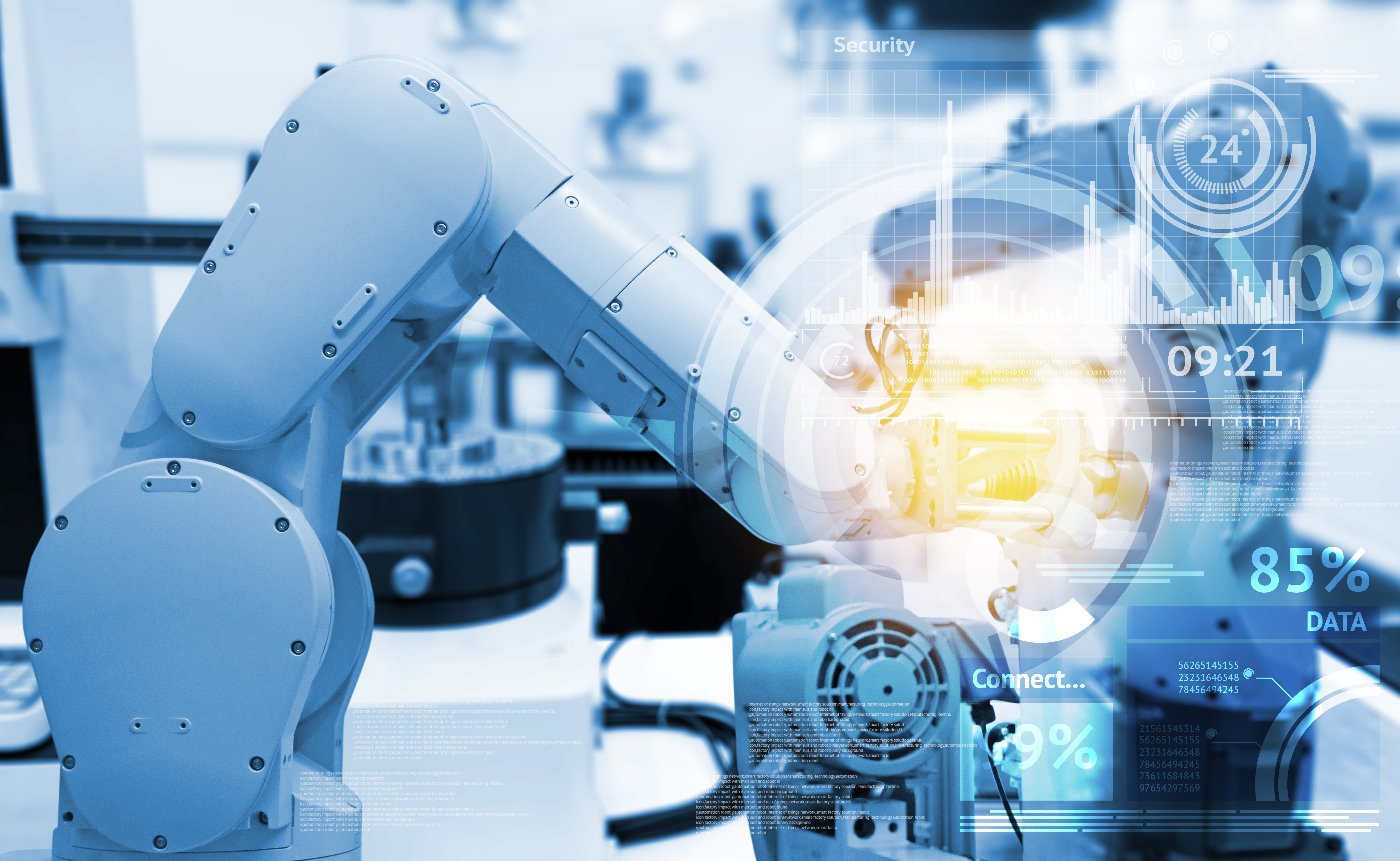By Gina Roos, editor-in-chief
Robotics is a fast-moving industry. Just over the past few weeks, we’ve read dozens of stories about new uses for robots or technology advances in both the commercial arena and the research world. These range from doctors using a robot to treat the first person in the U.S. with a new strain of the coronavirus to prevent the spread of disease to Miso Robotics’ upgraded burger-flipping robot kitchen assistant named Flippy.

Image: Shutterstock
On the technology side, ETH Zürich revealed a “No-Touch Robotics” project that makes it possible to lift and manipulate small objects without touching them by using ultrasound waves, and Boston Dynamics released a software development kit (SDK) for Spot, the friendly neighborhood dog robot, as contributing writer, Cabe Atwell, calls this worksite surveillance robot. Don’t miss his article on the top five autonomous robots for job-site surveillance.
Amazon also continues to invest in its robotics team. In November 2019, the company announced plans to invest more than $40 million in a new Amazon Robotics innovation hub in Westborough, Massachusetts. The new 350,000 square-foot facility will open in 2021 and create 200 tech and advanced manufacturing jobs. This is in addition to Amazon Robotics’ current site in North Reading, Massachusetts.
Amazon has deployed over 200,000 automated guided vehicles (AGVs) across its fulfillment and distribution network since 2012, said Rian Whitton, senior analyst at ABI Research.
Driving growth is the increased adoption of robots across industry segments. These include agriculture, automotive, construction, food and beverage, health care, industrial, inspection and maintenance, logistics, manufacturing, material handling, retail, and the supply chain.
Mobile robotics is where the industry is growing the fastest , said Whitton. The shipments of mobile robots relative to traditional industrial systems is projected to grow massively in the next 10 years, he added. All products for the commercial robotics industry are forecast to increase from under $30 billion in 2020 to $276 billion in 2030.
It is well-known that for mobile robotics, material-handling applications in warehouse fulfillment and manufacturing will be a huge market, said Whitton. He also sees a variety of other verticals that could take advantage of these mobile robots, with brick and mortar retail as a prime testing ground for scaling up mobile unmanned fleets for cleaning, maintenance, and inventory management.
But contributing writer Majeed Ahmad said that commercial success is going to take new technologies. This means that bigger SoCs, smarter sensors, and artificial intelligence (AI) capabilities will be needed for mass-scale robot deployments. “While hardware and software in robot systems have dramatically improved, their quickly evolving design trajectory shows that a lot is happening to make these devices more useful and intelligent in a variety of applications, including agriculture, warehousing, delivery and inspection services, smart manufacturing, and more.”
One of those areas is motors, which is one of the primary power usage components in robot systems besides sensing systems and processing platforms. Originally designed to handle applications in harsh or inaccessible environments, today’s industrial systems are more and more complex and integrate robotics that perform many previously manual operations in a more precise and faster way than a human could do, said contributing writer Maurizio Di Paolo Emilio.
Joint movement in these robotic systems is entrusted to motors that allow the desired motion of the mechanical structure, which requires a motor that best optimizes the requirements for low inertia and high positioning accuracy, he added. An optimal motor design translates into the careful selection of the motor type, driver, and electrical isolation solution.
Finally, don’t miss out on the winners of Electronic Products’ 44th Annual Product of the Year Awards . These are some of the best electronic components released in 2019. Component manufacturers are recognized for their outstanding products that represent any of the following qualities: a significant advancement in a technology or its application, an exceptionally innovative design, a substantial achievement in price/performance, improvements in design performance, and the potential for new product designs/opportunities.
Advertisement
Learn more about Electronic Products Magazine





